About Us
Pursuing truth through a living tradition
Mission Statement
The Thomistic Institute exists to promote Catholic truth in our contemporary world by strengthening the intellectual formation of Christians at universities, in the Church, and in the wider public square. The thought of St. Thomas Aquinas, the Universal Doctor of the Church, is our touchstone.
Why Study?
"Why study? Why not just contemplate? Study is not just for its own sake. Study is meant to lead us to contemplation. For once we know things from our study, we can then gaze upon them and rest in the knowledge that we have, contemplating the beauty of truth and delighting in its magnificence. Study bears a trace of the delight of contemplation, because it prepares us for it."
— Fr. Ambrose Little, O.P., Director of the Thomistic Institute
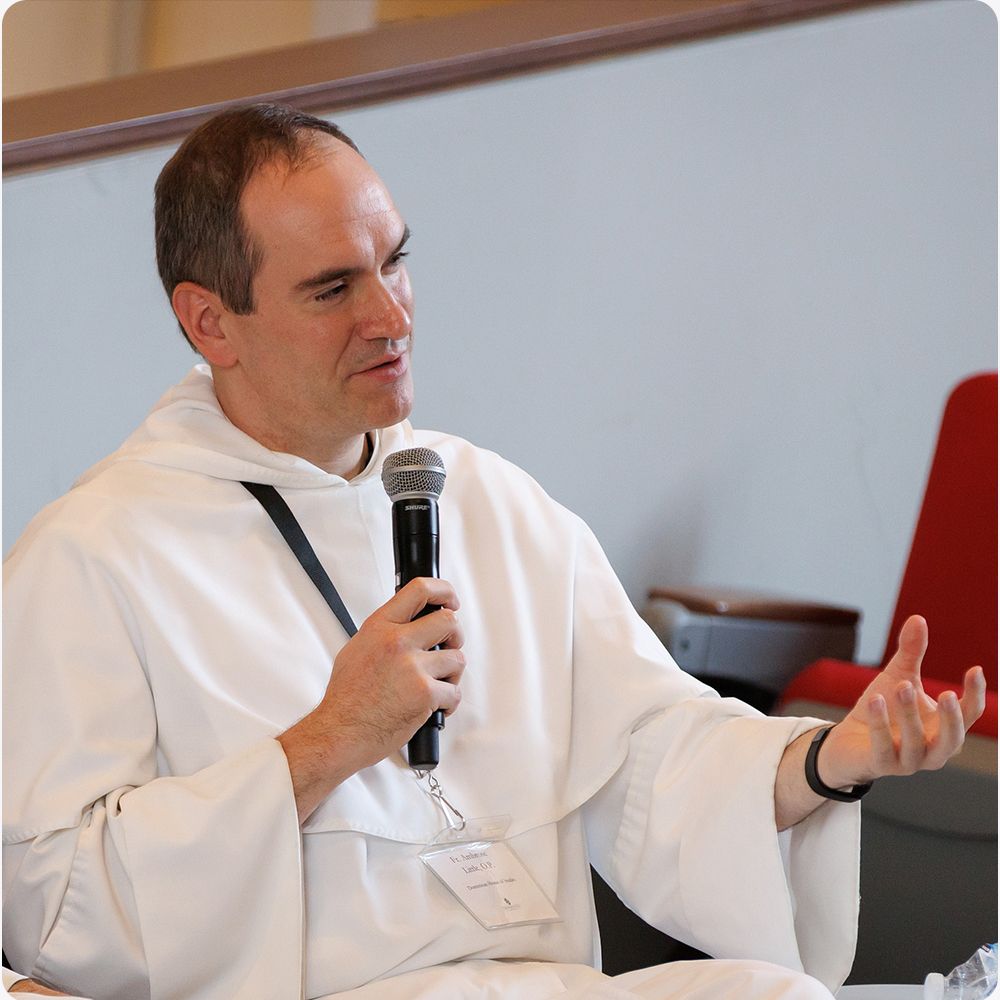
Rooted in history and designed for contemporary minds
The Thomistic Institute is part of the Pontifical Faculty of the Immaculate Conception at the Dominican House of Studies in Washington , D.C. It was founded in 2009.
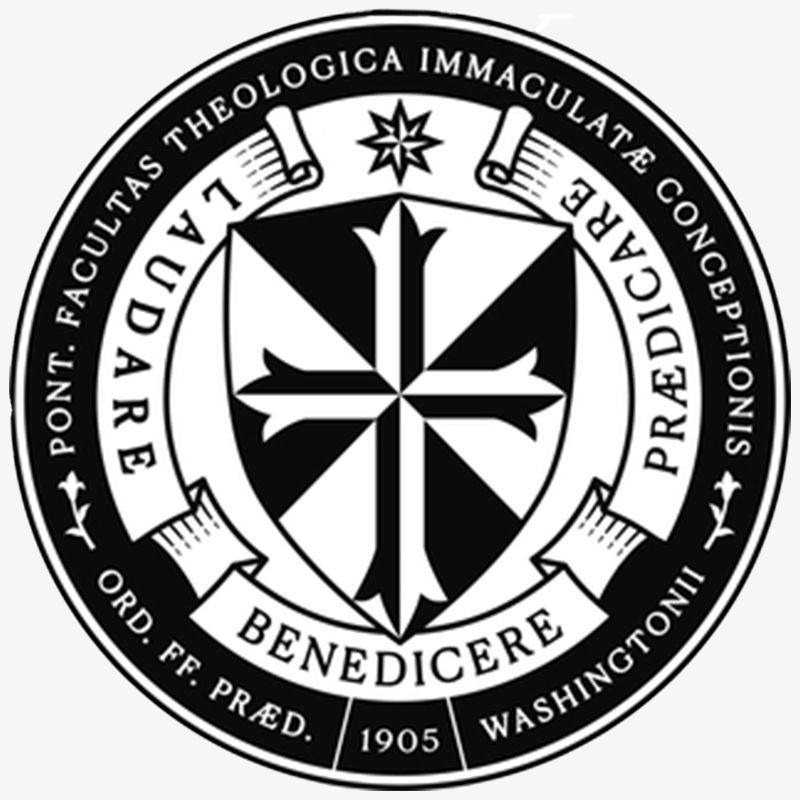
From handfuls to hundreds
What began eight years ago with a handful of students at a few schools has grown into a large and growing apostolate at over 100 college campuses.
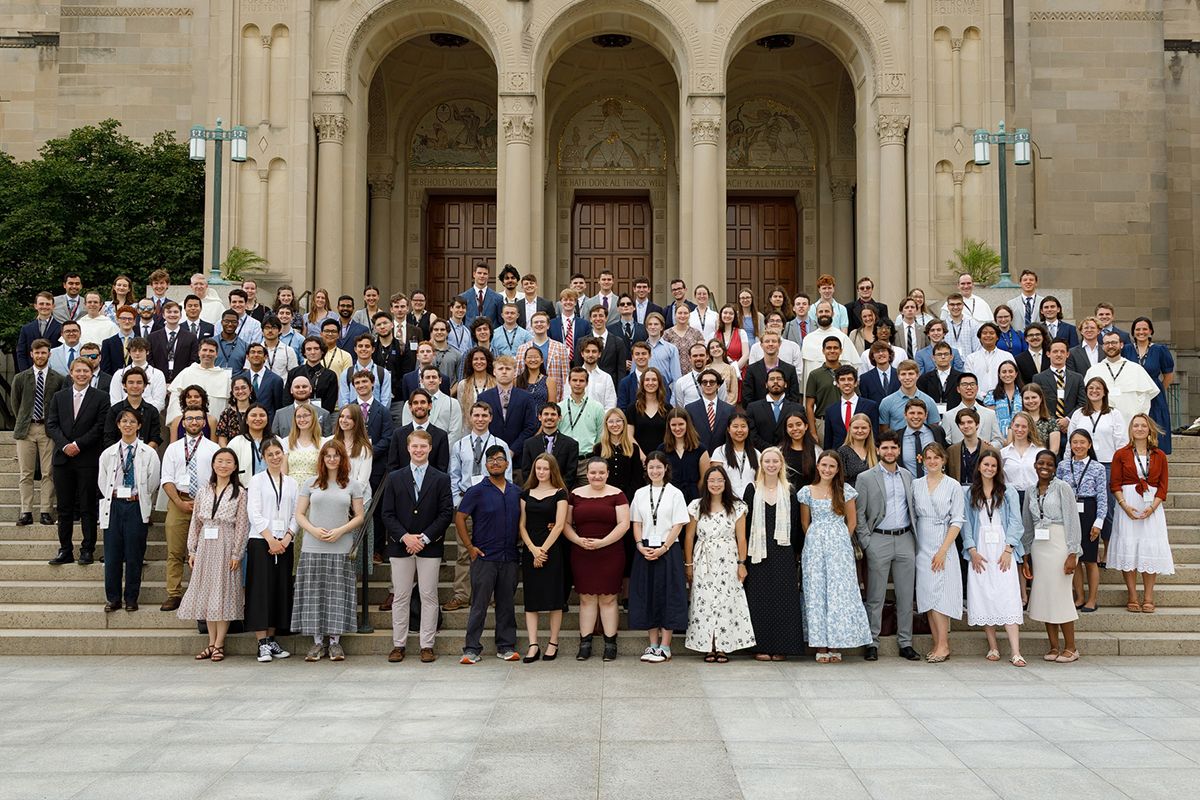
Foundations of our work

Truth exists and you can know it
Objective truth is real, knowable, and worth pursuing. In a world that often reduces truth to opinion, we invite students to encounter principles that hold up to scrutiny and reveal reality. We believe that the truth belongs to all, no matter one’s university, field of study, or background.
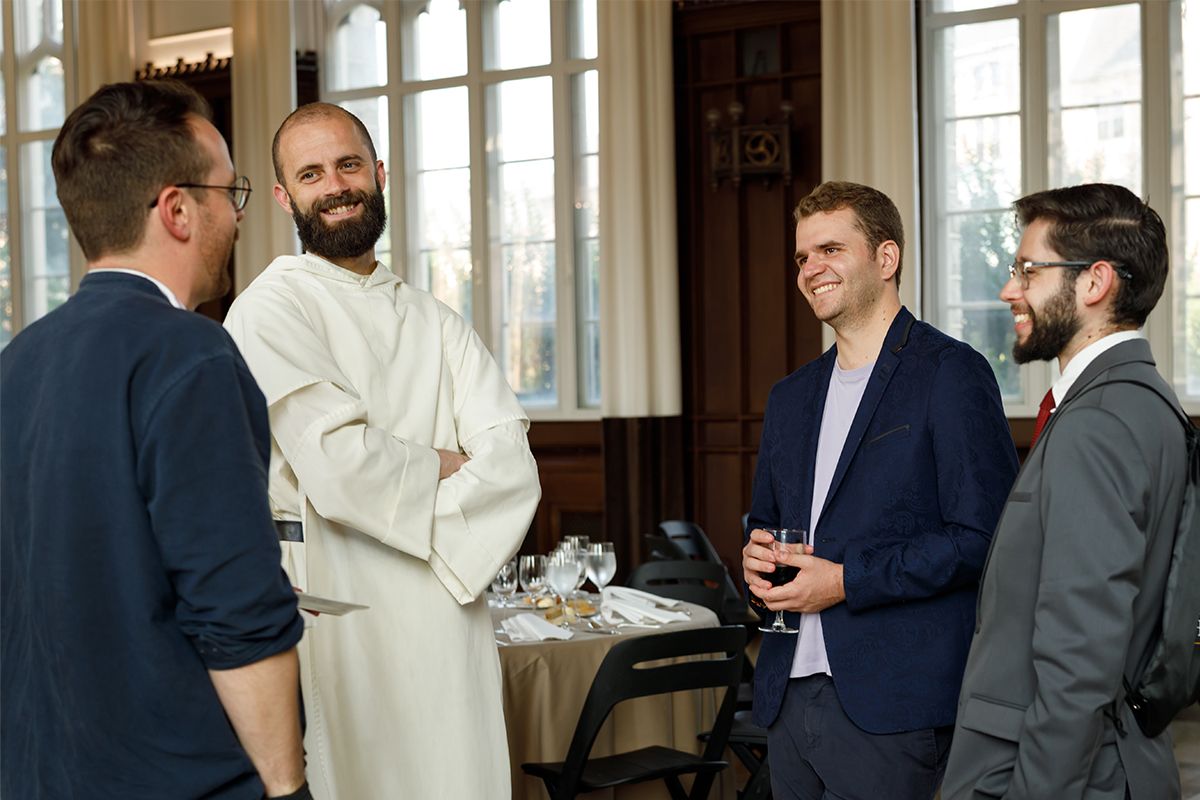
Profound ideas can be made accessible without sacrificing academic rigor
We aim to make profound ideas understandable without diluting their depth, offering entry points for both newcomers and advanced thinkers. Like St. Thomas Aquinas, we strive to be clear and concise, and also fair to the arguments on the other side. We ask questions and make distinctions.
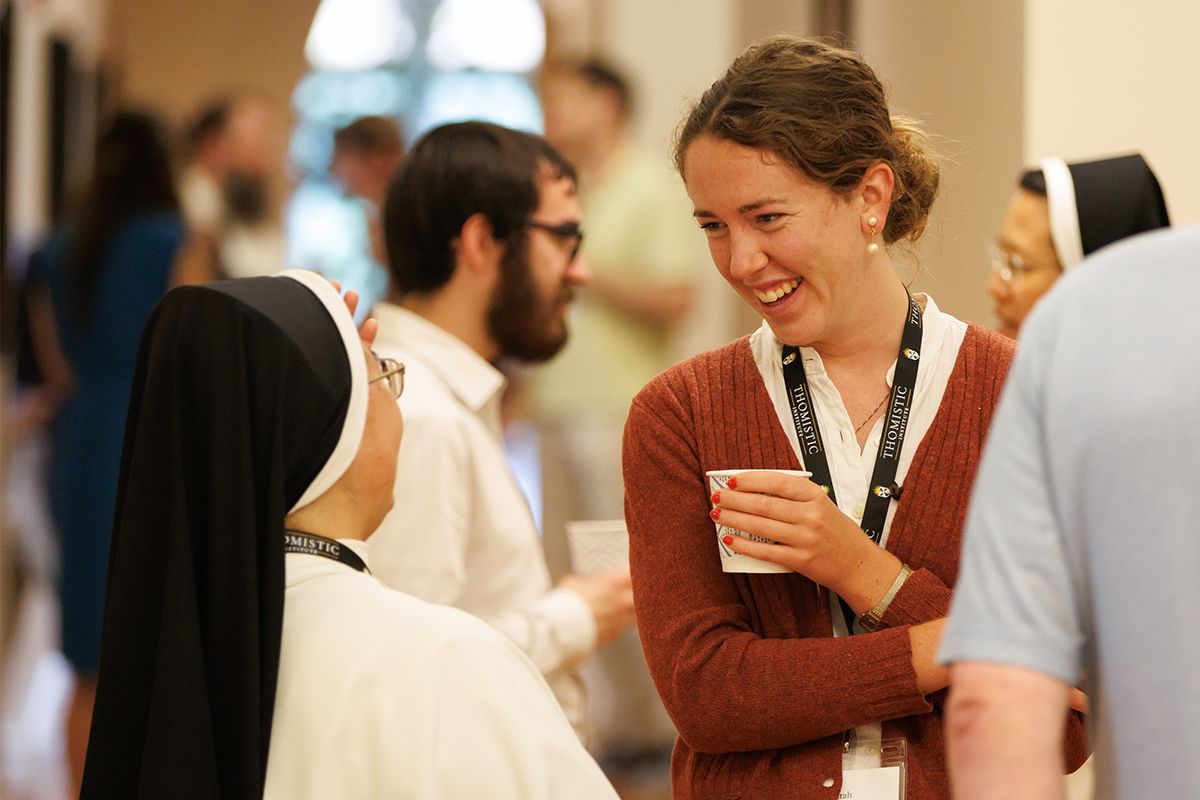
Faith and reason belong together
We bring serious academic engagement with the Catholic intellectual tradition to the university, showing that faith and reason belong together. Anyone, regardless of their beliefs, is welcome to participate in our events and programming.

Dialogue about the Christian intellectual tradition provides fertile ground for growing in wisdom
Through lectures, discussions, and shared inquiry, we foster communities where students can ask real questions and seek real answers together.